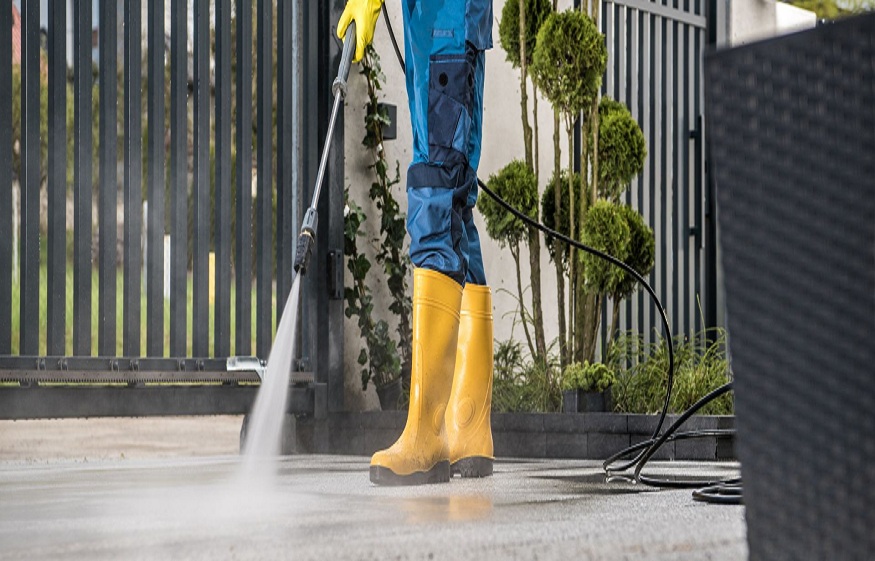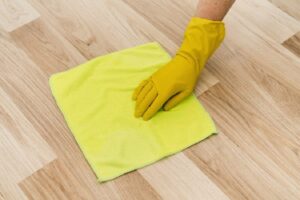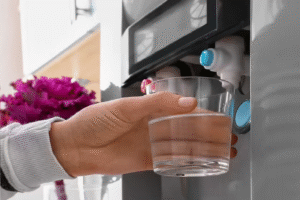Pressure Washing Your Driveway: A Step-by-Step Guide
5 min read
The first impression of a home is often shaped long before a visitor steps through the door.
A driveway that gleams rather than grates can lift the whole appearance of a property, lending it both warmth and welcome.
The good news is that a careful routine of pressure washing can restore it to a state that feels almost new again.
See the Value of a Clean Surface
A driveway is more than just a practical strip of paving. It’s the threshold between public and private, the stage that frames a home’s entrance.
Over time, however, grime, moss, algae, and oil create a patchwork of stains that quietly diminish its appeal.
A fresh wash does more than please the eye. It also helps preserve the integrity of the surface, protecting it from gradual deterioration. Think of it like tending to a favourite pair of shoes, where the polish both shines and shields.
Clean paving heightens kerb appeal and hints at the care that runs through the rest of the household. And as appearances count, a modest effort here can ripple outwards, raising the perceived value of the entire property.
As we turn from why it matters to how it’s done, the next step is choosing the right tools for the task.
Choose the Pressure Washer Wisely
Not every machine suits every driveway.
Electric models, compact and quieter, prove ideal for smaller homes where storage and ease of use are key. For larger or heavily stained driveways, petrol-driven washers deliver the extra force required.
Yet, raw power alone isn’t the mark of a good choice. Adjustable pressure settings are invaluable, allowing you to adapt the wash to different materials, whether sturdy concrete or more delicate stone.
Nozzles, too, play their part, with each colour-coded spray pattern serving a particular purpose, from wide coverage to concentrated jet.
If you only wash the driveway now and then, it may be wiser to hire, since tool hire centres usually stock powerful machines for daily or weekend rental. This option spares storage space and ensures that the equipment is well maintained.
The selection of washer and accessories seems a small matter, but it sets the stage for everything that follows. Once the right tool is at hand, the surface itself must be thoroughly prepared.
Prepare with Care Before You Begin
Preparation can feel like a delay, though in truth it speeds the job.
A clear driveway, free of vehicles, garden pots, or scattered toys, gives both space and safety. Plants edging the drive can be shielded with a tarpaulin, while goggles and gloves protect the cleaner from stray grit and flying droplets.
Checking local water guidelines is also wise, ensuring that runoff won’t cause problems for drains or neighbours.
Moreover, a quick sweep with a stiff broom loosens surface debris and helps the washer focus on the ingrained dirt.
This stage, unglamorous as it sounds, makes the later clean far more effective. Having readied the ground, attention can turn to the solution that will work alongside the water.
Apply a Thoughtful Cleaning Solution
Some stains cling stubbornly, and water alone rarely shifts them. Oil marks, mildew, and years of compacted dirt respond better when pre-treated with a cleaner.
The choice of detergent depends on the surface material and the type of stain. Many eco-friendly options now exist, reducing risk to surrounding soil and plants.
Application is straightforward with either a garden sprayer or the detergent attachment of the washer itself.
Allowing the solution to rest for several minutes is important, as it loosens the particles beneath the surface. Impatience here can undo the good work of the entire process. Once the cleaner has soaked in, the driveway is primed for the main event.
Mind Safety and Sustainability as You Work
It’s tempting to think of pressure washing as a bit of outdoor fun, with the thrill of blasting away dirt while daydreaming of Wimbledon glory!
In practice, the jets are powerful enough to gouge concrete, shred skin, or turn a garden gnome into modern art if you’re careless. Sturdy shoes, gloves, and a bit of common sense save both surfaces and dignity.
On the environmental side, driveways often slope straight to street drains. Biodegradable detergents reduce the risk of polluting waterways, while absorbent pads or even humble cat litter can trap oily runoff.
You’ll avoid feeling guilty and even impress your neighbours with your green credentials.
Pressure washing, then, is more than cosmetic care. It’s a small act of respect for both home and habitat, keeping the entrance bright while leaving nature unruffled.
Master the Technique of Pressure Washing
Approach the driveway as if you’re painting a wide canvas. Start at one edge and move methodically across, each pass overlapping the last to avoid missed strips.
Hold the nozzle at a consistent height, around a foot above the surface, and maintain a steady pace. Too close and the water can scar the paving; too far and the wash loses its bite.
For general cleaning, a fan-shaped spray spreads the water evenly, while narrower jets can be reserved for particularly resistant spots. You’ll need adjustments if the driveway consists of softer stone or patterned brick, where a gentler touch prevents chipping.
Furthermore, dividing the surface into sections helps keep the work organised, easing a sense of scale. When you clear each strip, the clean surface widens under your watch, much like when you mow a lawn.
Once the wash itself is complete, attention must shift to rinsing, which is as vital as the scrubbing.
Rinse Thoroughly for a Lasting Finish
After detergent and debris have been lifted, a clear rinse ensures no residue remains. Switch the washer to a lower pressure and sweep the water towards the edges, guiding it into drains or onto suitable ground.
This step prevents streaks and avoids patches where soap can dry into a dull film. Rinsing also readies the surface for any sealants or treatments that may be applied afterwards, laying a clean foundation for further protection.
The rinse is the final stroke in the cleaning process, a clear finish that leaves the driveway bright and even.
Maintain with Simple Habits
A freshly cleaned driveway is always a delight, yet it’s the modest, regular attention afterwards that keeps it looking its best.
Allowing the surface to dry fully before driving on helps preserve that spotless finish, while sealing it every few years adds a protective layer against oil, rain, and the frost that so often creeps in during British winters.
Simple habits make a lasting difference. Routine checks for small cracks or chips mean repairs can be handled before they grow into costly damage, and sweeping away fallen leaves stops them from breaking down into slippery, unsightly patches.
These small acts of care work together to hold back the return of moss and stains, saving both time and effort in the long run.
With the addition of an annual round of driveway cleaning, the surface regains the freshness of its first wash, ensuring its life and charm are extended year after year.
Conclusion
Well done for bringing a worn-out driveway back to life with such thoughtful attention. Your effort now will pay off each time you or anyone else approaches your home.
Here’s to a brighter welcome, season after season, under your dedicated care!







